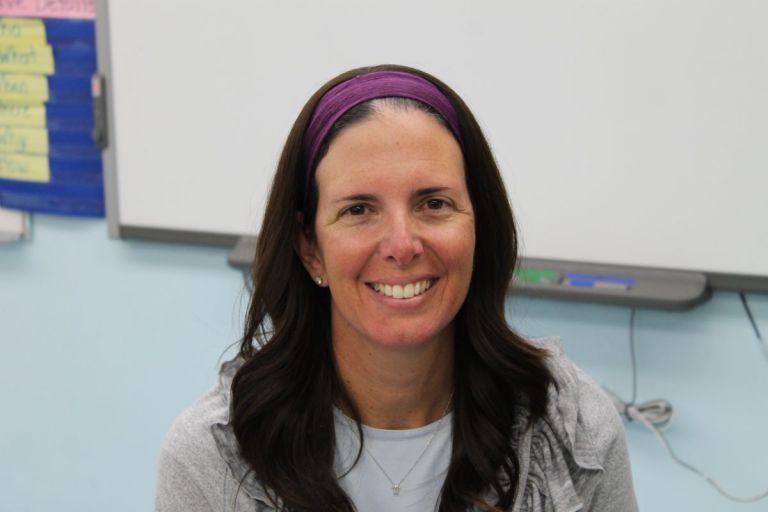From the Desk of Rachel Leubitz: "Why Is This Night Different From All Other Nights?”

“Why Is This Night Different From All Other Nights?”
In education, in order to assess and monitor our students’ knowledge, we ask questions to check for understanding. As we approach the Passover holiday, and embark on our seders, we will be asking a lot of questions: “On all nights we need not dip even once, on this night we do so twice? On all nights we eat chametz or matzah, and on this night only matzah?”
Children ask questions to understand the world around them and to gain access to unknown information. Every child is on a mission to understand things and make sense of them. Each child discovers this in his or her particular way. In the Academic Enhancement Program (AEP) it is our job to guide our students on their journey of discovering the meaning and value of education.
On Passover, just in case your child is unable to come up with questions, they are provided a script through the Ma Nishtana. While reading through the answers, we have to be certain to not just provide a simple answer but to actually satisfy our children’s curiosity.
Here are a few activities to participate in during the seders that will spark curiosity and encourage your child to ask more questions:
-
What is inside the bag and what is its significance on Passover?
a. Put 10 items inside a brown paper bag and ask each child sitting around the table to put their hand in the bag and to identify, by touch only, what the item is and what is it’s Passover significance. This activity will allow your child to ask many questions based on the item they identified as well as its purpose. -
What are their actions showing us?
a. Have each child act out a part of the Passover story using only their actions and no words, like Charades. Everyone else around the table will have the opportunity to guess what they acted out and why it was significant for them to choose that specific action. Encourage the children to ask why that action or trait was so important to them. -
Who or what are you grateful for?
a. Give each child and adult around the table an opportunity to share who they are grateful for or what they want to show gratitude for. Encourage the children to ask that person why they made that selection.
Some children learn best tactically, while others have a stronger visual or auditory sense. Other children are creative while some are strong socially/emotionally. Through the AEP program, all children are encouraged to ask questions about things they don’t understand and are empowered to use their strengths to problem solve and come up with solutions.
So, as we all sit around our seder tables this year, let’s take the time to listen to the questions our children are asking and help them decipher the true meaning of the holiday and open their minds to other possibilities.
חַג כָּשֵׁר וְשָׂמֵח
Rachel Leubitz M.S. CCC-SLP
Academic Enhancement Program Director

